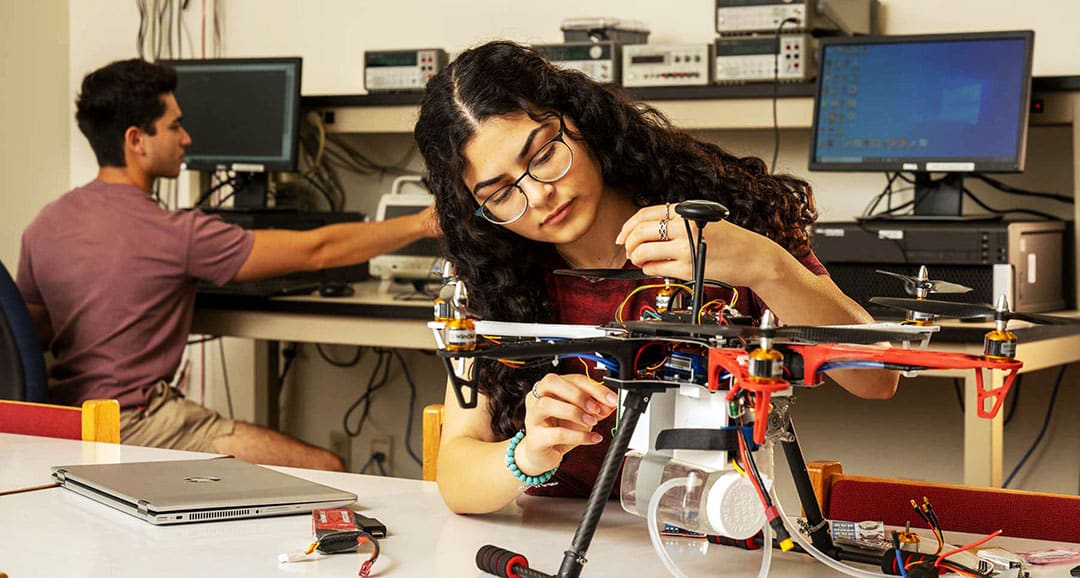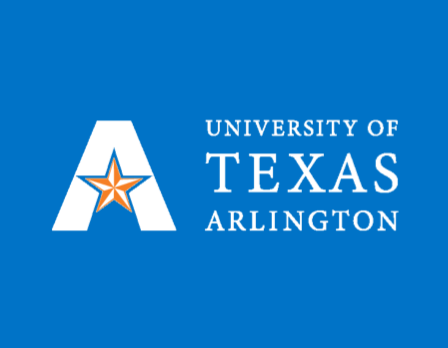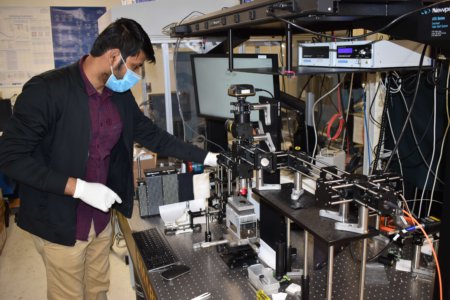For many people, the mention of electrical engineering conjures images of power supply and circuits, but there are elements of electrical engineering in nearly every aspect of today’s society.
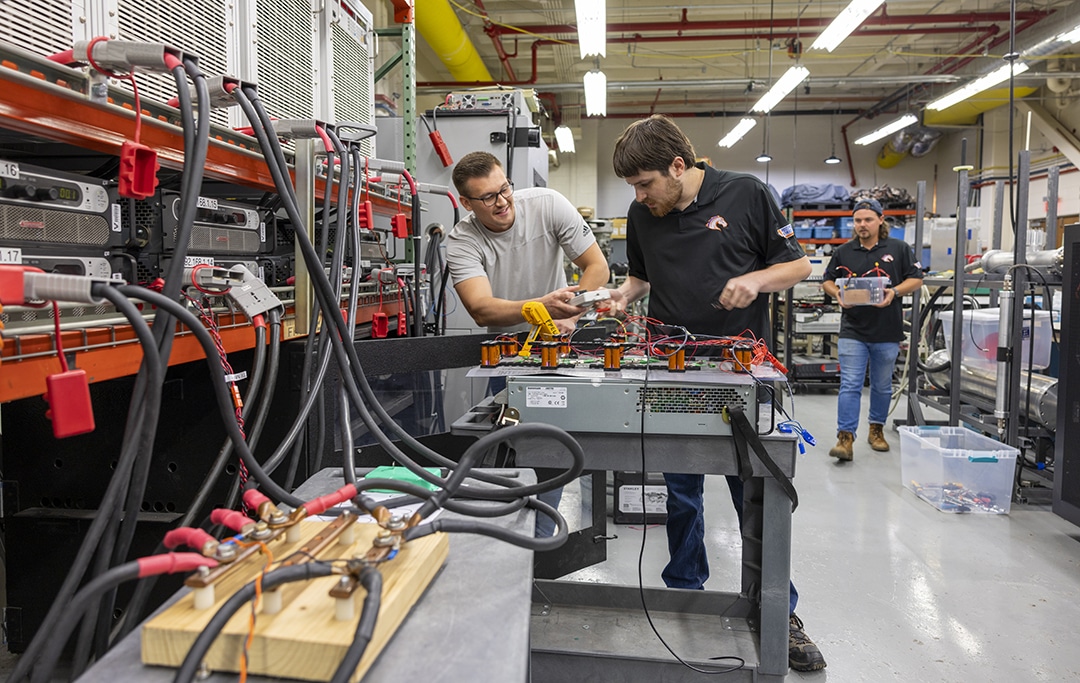
Source: The University of Texas at Arlington
Electrical engineering is perhaps the most versatile engineering career path. The Electrical Engineering Department at The University of Texas at Arlington offers bachelor’s, master’s and doctoral degrees that will prepare you for career opportunities in wide-ranging areas such as 5G-and-beyond communication links, Internet of Things, machine learning to support autonomous vehicles, cyber-physical systems for energy security, power distribution and energy storage or medical delivery, and new diagnostic tools.
“We work closely with our industry Board of Advisors to ensure that our course offerings reflect the reality of the working world. The concepts introduced in class build upon each other so that by the time our students graduate we are confident that they are career-ready and will have every chance to thrive as working engineers,” said Diana Huffaker, chair of the Electrical Engineering Department.
As an electrical engineer, you will solve pressing, socially relevant problems through software development, theory, nanofabrication and systems design.
Electrical engineers design, develop, and test most of the computer and electronic devices you use today, from smart phones to smart homes. They also design devices that deliver power to homes and businesses, batteries that store excess energy from renewable energy sources and nanotechnologies that harvest energy. Automation technologies, such as robots that fulfill your online orders, are also designed by electrical engineers.
The Electrical Engineering Department is developing innovations in unmanned vehicle systems, sensor systems, photonics, power grids and healthcare. With access to world-class facilities like the Shimadzu Nanotechnology Research Center, our students and faculty work closely on cutting-edge technology that is changing how we responsibly and efficiently power the world around us, and how we monitor our health and well-being.
The curriculum for undergraduate and master’s students is divided into five tracks: power and energy, computer and embedded systems, control systems, photonics and electronics, and communications and signal processing. In addition to core courses, students take elective courses in one of the tracks that most interests them, leading to in-depth knowledge of that particular area of study.
For undergraduate students, the department requires participation in design courses in the sophomore, junior and senior years. These courses are hands-on lab courses where students create their own devices or hone skills that are necessary as they progress. For instance, students assemble a testing circuit, learn to troubleshoot issues, and by the time they reach the senior design course – also known as the capstone course – they are ready to create solutions for real problems in projects that are often funded by industry partners.
“Our lab curriculum is the backbone of our curriculum. When we integrate concepts such as electronics and circuits theory into experiments it helps make sense of theory and also builds teamwork. Students also learn ‘soft skills’ like how to communicate with a team, how to listen and how to write a report. As they build their skills for four years, they are confident and well-prepared to work on an engineering team,” Huffaker said.
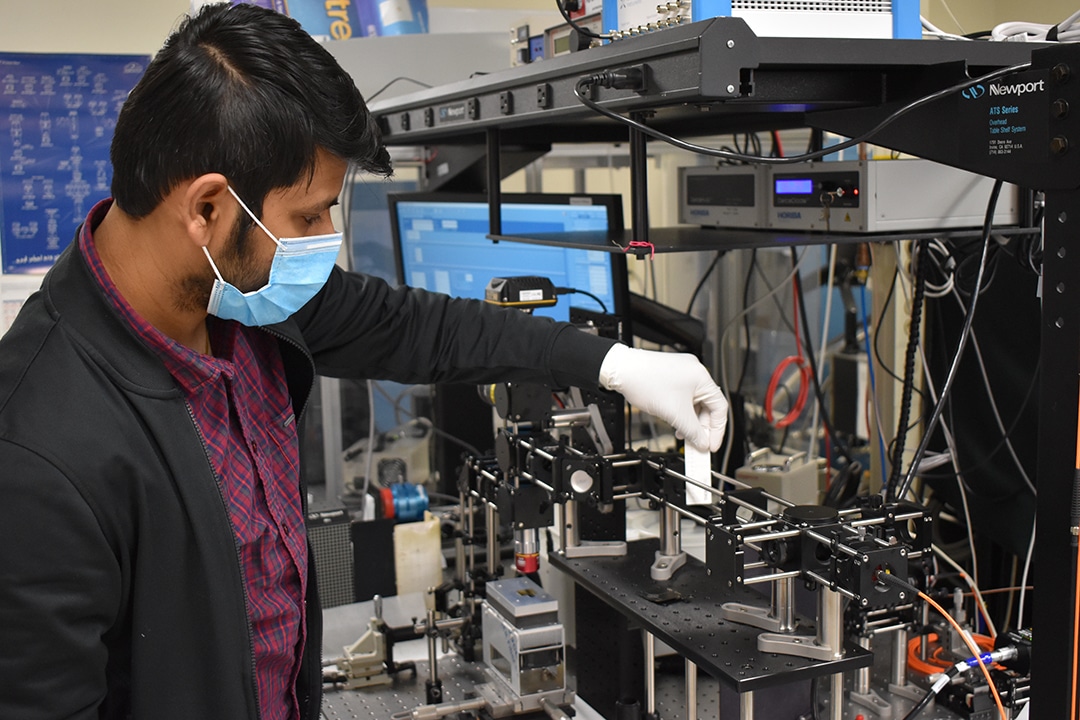
Source: The University of Texas at Arlington
The curriculum isn’t the only investment that the department has made for students. Huffaker has invested US$400,000 for renovations and new lab equipment to create a “design corridor” housing labs, workspaces and a student lounge for the department’s students to practice skills and create prototypes or fun projects. The result of the upgrades is that students are exposed to the types of equipment and technology that they will use after graduation, which is attractive to future employers.
As an international student, you may be worried about paying for college and your prospects for internships, co-ops and full-time positions after graduation. Although nothing is guaranteed, it is possible for international students to take advantage of these opportunities. According to Huffaker, a majority of the department’s graduate teaching assistants and graduate research assistants are international students. The department also has multiple scholarships available for international graduate students, and Huffaker is working to expand scholarship offerings for international students.
As for internships, co-ops and full-time jobs, Huffaker has enlisted the help of her department Board of Advisors to identify companies that are able – and willing – to support international students who wish to work in the US.
“It can be difficult for international students to get work experience while in college because of restrictions in place from some funding sources, but our location in the Dallas-Fort Worth Metroplex allows us to access many large companies who do hire international students. We work hard to bring in companies who will hire our international students for internships and full-time positions,” Huffaker said.
Follow The University of Texas at Arlington’s College of Engineering on Facebook, Twitter, LinkedIn, Instagram and YouTube

